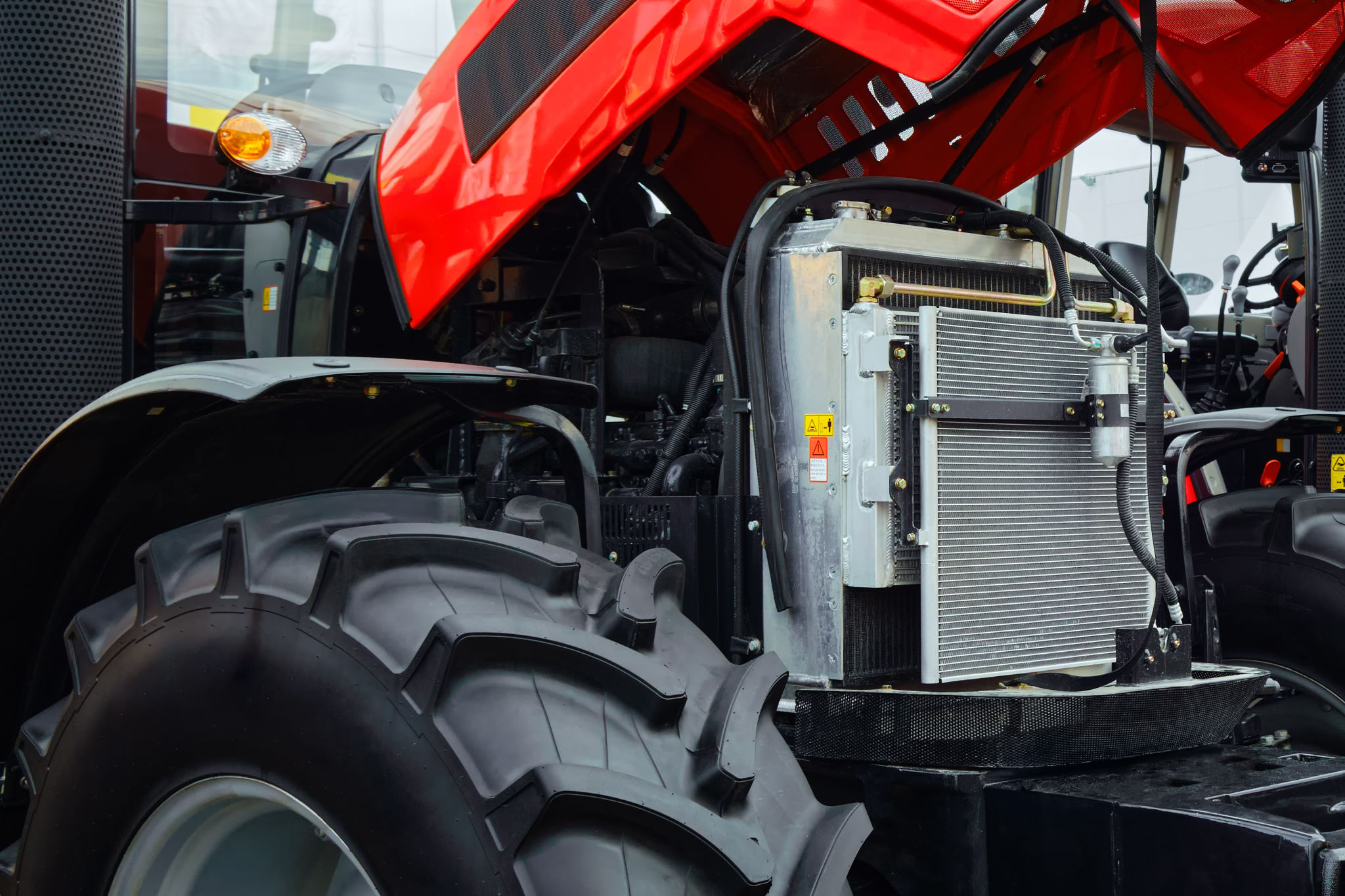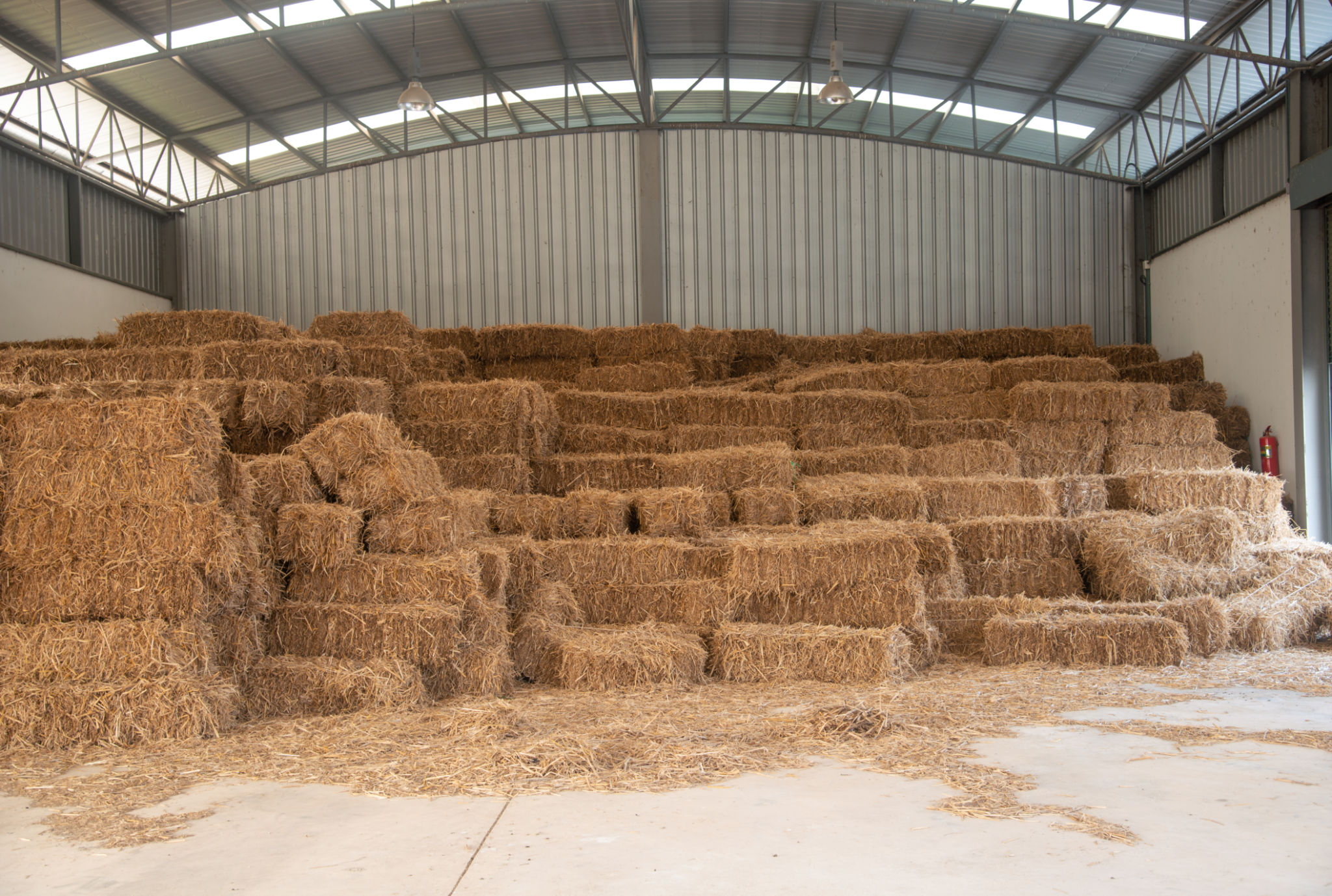How to Prepare Your Ranch for Hay Season: Tips and Tricks
Understanding the Importance of Hay Season Preparation
Preparing your ranch for hay season is a critical task that can significantly impact the quality and quantity of your hay harvest. Proper preparation ensures that you maximize output while maintaining the health of your pastures. As you gear up for this vital season, consider implementing strategies that address each aspect of the haying process.
One of the first steps in preparation is understanding the timing. Hay season can vary depending on your location and climate, so it's crucial to monitor weather patterns and growth stages. This awareness helps in planning harvesting schedules to optimize forage quality.

Equipment Check and Maintenance
Inspecting Your Equipment
Before the hay season begins, inspect all machinery involved in the haying process. This includes mowers, balers, and tractors. Check for any wear and tear, and replace parts as necessary. Regular maintenance can prevent unexpected breakdowns during the peak of the season.
Keeping Spare Parts Handy
It's wise to keep a stock of essential spare parts like belts, blades, and filters. Having these on hand can save valuable time if repairs are needed mid-season. Consider creating a checklist of required parts based on past experiences.

Field Preparation and Management
Soil Testing and Fertilization
Conduct soil tests to determine nutrient levels and pH balance. This information will guide your fertilization strategy, ensuring that your fields are primed for optimal growth. Apply fertilizers as recommended by your soil test results to enhance soil fertility.
Weed Control
Effective weed management is crucial to improving hay quality. Identify prevalent weed species in your fields and implement control measures such as herbicide application or mechanical removal. Early intervention can prevent weeds from competing with your forage plants.

Planning for Storage and Transportation
Once you've harvested your hay, proper storage is essential to maintaining its quality. Ensure you have adequate space in barns or sheds to protect hay from moisture and pests. If storage space is limited, consider temporary solutions like tarps or portable structures.
Transportation logistics should also be planned in advance. Ensure that your equipment for moving hay bales is in good condition, and establish a clear pathway from field to storage area to streamline the process.

Monitoring Weather Conditions
The weather plays a critical role in hay production. Monitor forecasts regularly and be ready to adjust your plans accordingly. Ideal conditions for cutting hay are dry and sunny days, as moisture can degrade hay quality.
Utilize weather apps or local meteorological services to receive timely updates. Having a contingency plan for unexpected weather changes can help mitigate potential losses.
Training Your Team
If you have a team working with you during hay season, ensure they are well-trained and aware of their responsibilities. Conduct safety briefings to highlight potential hazards and best practices for handling equipment.
A well-prepared team can make operations more efficient and minimize the risk of accidents. Regular communication throughout the season will help address any issues swiftly.

Reviewing and Adapting Strategies
After the hay season concludes, take time to review the effectiveness of your strategies. Analyze what worked well and identify areas for improvement. Gathering feedback from your team can also provide valuable insights.
Adapting your approach based on these assessments will help enhance future hay seasons, leading to better productivity and resource management on your ranch.
